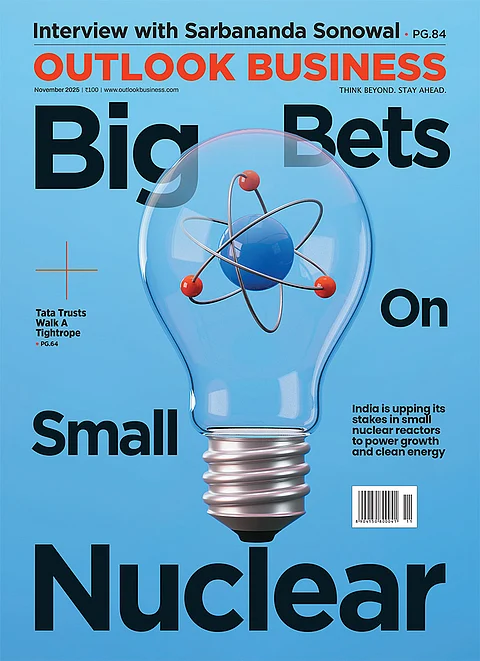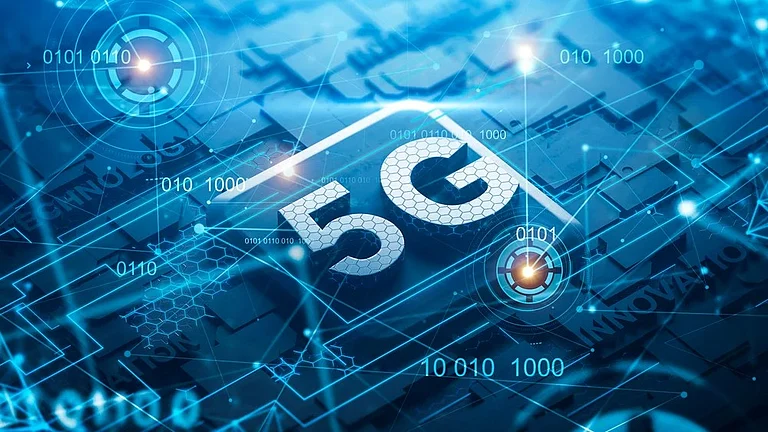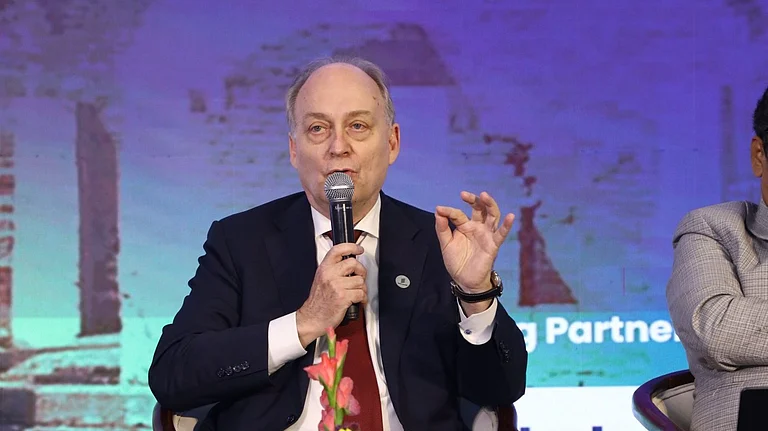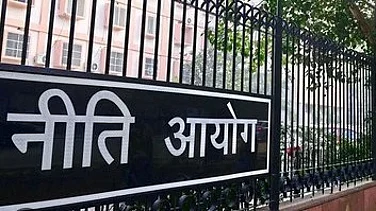India’s 5G journey has only just begun, and the potential to leverage this technology for socio-economic progress remains immense, Nitin Bansal, managing director, Ericsson India tells Deepsekhar Choudhury in an interview.
How is the 5G market in India shaping up in your view? In India, telecom industry people are saying 5G use cases still have some way to go. What is your view?
India is setting a global benchmark in 5G deployment and adoption. Since the rollout began in October 2022, over 4.6 lakh BTS have been deployed across 779 districts, driving unprecedented coverage. The rapid rollout of mid-band 5G is on track to provide 95% population coverage, positioning India among the top 15 global markets for fastest 5G media download speeds. According to the Ericsson Mobility Report 2024, 5G subscriptions in India are projected to reach 970 million by 2030, accounting for 74% of mobile subscriptions.
India’s data consumption trends further highlight the transformative impact of 5G. The average monthly data usage stands at 32 GB today and is expected to double to 66 GB by 2030. This underscores the appetite for high-speed connectivity and innovative applications enabled by 5G technology.
While initial use cases like Enhanced Mobile Broadband (eMBB) and Fixed Wireless Access (FWA) have already made significant inroads, 5G’s true potential lies in its ability to act as a platform for innovation across industries. In the consumer segment, we expect that "use places" such as stadiums, large event locations, and urban hotspots will demand enhanced capacity and tailored solutions in terms of 5G connectivity. Based on an Ericsson ConsumerLab Study , it is expected that 67% of Indian 5G smartphone users will engage with Generative AI applications weekly over the next five years, thereby unlocking hyper-personalized services and immersive content experiences.
5G will also redefine consumer engagement through digital libraries, AR/VR shopping, cloud gaming, and 360-degree live streaming. These innovations will deliver unprecedented levels of connectivity thereby transforming everyday experiences.
India’s 5G journey has only just begun, and the potential to leverage this technology for socio-economic progress remains immense. With continued collaboration across the ecosystem, India is well poised to harness 5G to drive inclusive growth, digital empowerment, and innovation at scale.
What are your plans regarding designing and manufacturing products in India? Are there any plans to hire in India?
Ericsson has a longstanding legacy of commitment to India, having pioneered local telecom equipment manufacturing in the country in 1994. Today, in partnership with Jabil, we operate a state-of-the-art manufacturing facility in Pune, Maharashtra. This facility plays a critical role in supporting India's rapid 5G rollout. We have significantly expanded our production capacity at Pune to meet the deployment needs of Indian service providers.
In addition to manufacturing, we are deeply invested in research and development to drive innovation in cutting-edge technologies like AI, Generative AI, and Network APIs. Our R&D centres in Chennai, Bengaluru, and Gurugram are actively hiring engineers to develop advanced capabilities. These include programmable API solutions for simplified and secure network interfaces, as well as innovative use cases in areas like device management, security, and fraud detection.
This strategic focus reflects Ericsson’s commitment to advancing India’s digital transformation, fostering local talent, and contributing to the nation's vision of becoming a global technology hub.
As India and other countries have blocked Chinese players from selling 5G tech, how has this impacted the 5G gear market globally?
While I would not like to comment on geopolitics, what I can say is that we have seen a strong adoption of 5G globally. According to the Ericsson Mobility Report, 5G is expected to become the dominant mobile access technology by subscription in 2027. This exceeds earlier predictions that it would overtake 4G in 2028, driven partly by growth in China and India. Global 5G subscriptions are forecast to reach 6.3 billion and make up 67 percent of all mobile subscriptions in 2030.
Around 320 service providers have now launched commercial 5G services globally with 5G subscriptions expected to have reached close to 2.3 billion by the end of 2024, accounting for more than 25 percent of all mobile subscriptions.
Can 5G be a reality in rural and semi-urban areas?
5G is already making significant inroads into rural and semi-urban areas, particularly through Fixed Wireless Access (FWA), which has emerged as a transformative solution for underserved regions. FWA provides cost-effective, high-speed internet connectivity in areas with limited fiber penetration, eliminating the need for costly and time-intensive fiber infrastructure. This makes it an ideal technology for rapidly extending 5G coverage to rural and semi-urban communities.
Beyond connectivity, 5G is enabling transformative applications across critical sectors like healthcare, education and infrastructure. With its ability to address unique challenges, 5G holds the potential to revolutionize rural and semi-urban areas, driving growth, digital inclusion, and innovation. By empowering these regions, 5G can contribute to a more connected and equitable future for India.
How soon can we expect 6G?
With the "Bharat 6G Vision," India has laid the foundation to emerge as a global leader in the design, development, and deployment of 6G technology. We anticipate 6G rollouts to begin by 2030, marking a significant milestone in advancing connectivity and innovation.
Ericsson is actively contributing to this vision through our "India 6G" program, which includes a dedicated 6G Research Team based at our Chennai R&D Center. By collaborating with global research teams and Indian institutions such as IIT Madras, we are driving cutting-edge advancements in areas like AI-driven networks, sustainable computing, and integrated sensing technologies—paving the way for India’s leadership in the 6G era.
India is looking to become a product nation with startups that have deep tech IPs. Are you working with any such startups in India?
At Ericsson, we are committed to empowering startups by fostering innovation, providing access to cutting-edge technologies, and building synergies that enable transformative solutions for the telecom industry and beyond.
Launched in September 2024, Ericsson’s new venture with leading service providers , called Aduna, will provide network APIs to a broad ecosystem of developer platforms, based on existing industry-wide CAMARA APIs. Aduna will combine and sell network APIs globally, with a vision that new applications will work anywhere, and on any network, paving the way for developers to innovate much more quickly and easily. Easily accessible advanced network capabilities will open up the next frontier in innovation, empowering developers to create new use cases across multiple sectors.
There is a rising interest in satcom globally and in India. How will it impact telecom gear majors like Ericsson?
We view satellite communication (satcom) as a complementary resource to terrestrial networks rather than a competing technology. Emerging standards under 3GPP Release 17 are paving the way for seamless integration of satellite and terrestrial networks. This integration enables operators to expand their coverage strategies, ensuring consistent and reliable connectivity in remote and hard-to-reach areas, including oceans, rural regions, and disaster-hit zones.
As operators look to expand coverage, satellite technology should be considered an integral part of their network strategies. It is expected to offer valuable support for areas where terrestrial coverage is challenging, helping create a more connected and inclusive digital ecosystem.




























